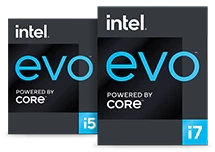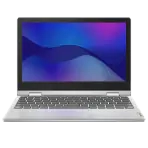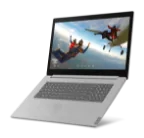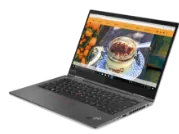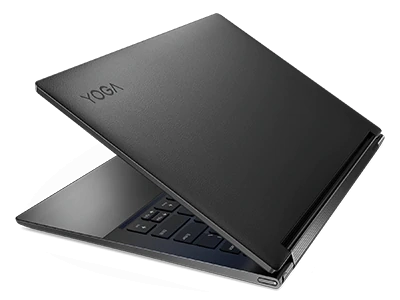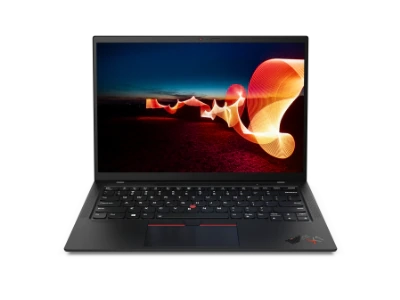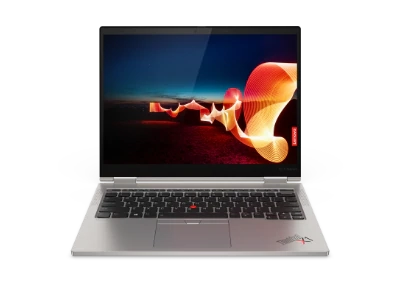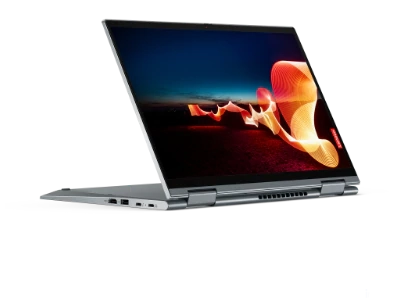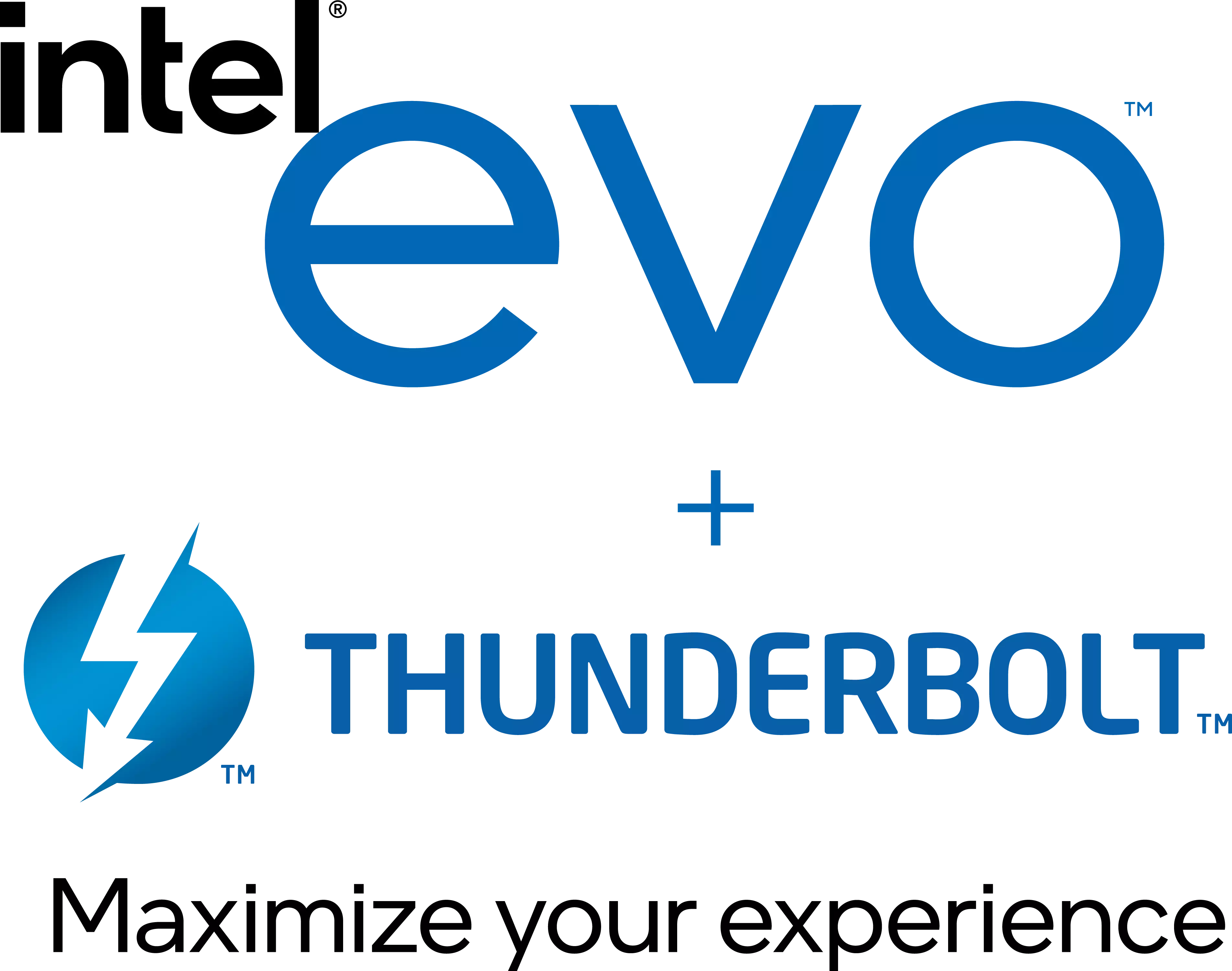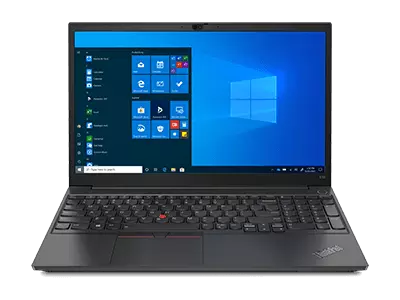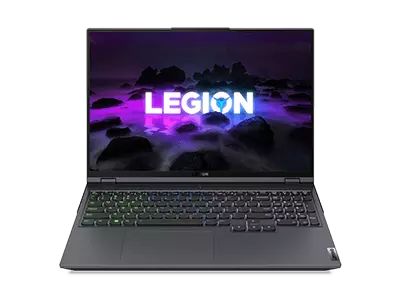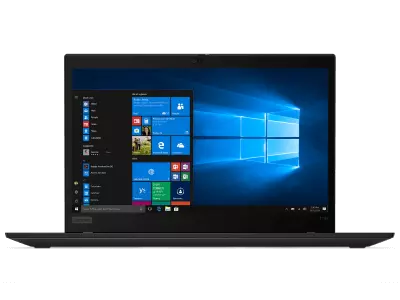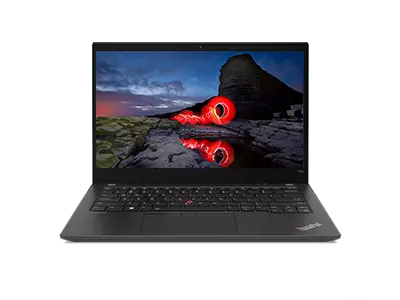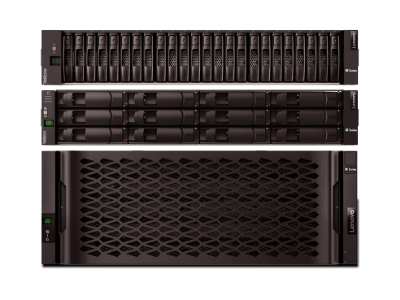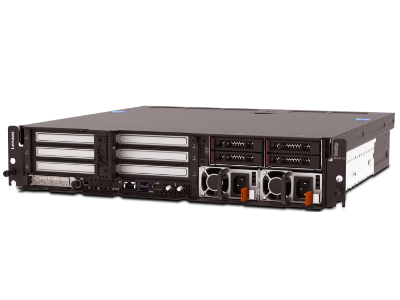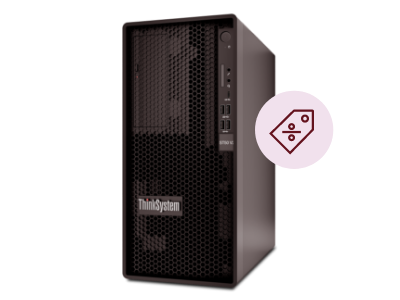-

 Accessibility
Accessibility -

 Contact Us
Contact UsSales:
Order Support:
-

 Rewards
Rewards -

 Account
Account -

 Cart
Cart -
Shop the public website: Lenovo.com
|
-
LenovoPRO Small Business Store
|
-

 Accessibility
Accessibility -

 Contact
ContactHelp placing an order
Business order help
Existing order help
-

 Rewards
Rewards -

 Account
Account -

 Cart
Cart
-
LenovoPRO Small Business Store
|
-

 Accessibility
Accessibility -

 Locator
Locator -

 Contact Us
Contact UsHelp placing an order
Business order help
Existing order help
-

 Rewards
Rewards -

 Account
Account -

 Cart
Cart
-
LenovoPRO Small Business Store
|
-

 Accessibility
Accessibility -

 Contact
ContactHelp placing an order
Business order help
Existing order help
-

 Rewards
Rewards -

 Account
Account -

 Cart
Cart
-
LenovoPRO Small Business Store
|
-

 Accessibility
Accessibility -

 Contact
ContactHelp placing an order
Business order help
Existing order help
-

 Rewards
Rewards -

 Account
Account -

 Cart
Cart
Edge Computing
Edge computing is a type of computing that takes place at the edge of a network, close to where data is being generated. The goal of edge computing definition is to reduce the amount of data that needs to be sent back and forth between devices and the cloud. By doing this, edge computing can help reduce latency and improve performance. One way that edge computing can be used is in factory automation, where data from sensors and other devices can be processed locally, without having to be sent to a central server. This can help to improve efficiency and reduce downtime. Edge computing can also be used in the healthcare industry, for example in medical devices that need to react quickly to changes in patient vital signs. By processing data locally, edge computing can help to save lives… Read more about what is edge computing and why edge computing is important for your business.
Edge computing architecture
When it comes to edge computing, there are two main types of architecture: D edge and F edge.
- D edge architectures are centralized, with data processing happening in a central location before being distributed to edge devices. D edge architectures are more scalable and can handle more data, but they can be slower and more expensive.
- F-edge architectures, on the other hand, are decentralized, with data processing happening on the edge devices themselves. F-edge architectures are faster and less expensive, but they can't handle as much data.
Both approaches have their own advantages and disadvantages. Ultimately, the best edge computing architecture for your organization will depend on your specific needs and goals.
Types of edge computing models
Edge computing is a distributed computing paradigm that brings computation and data storage closer to the edge of the network, where things are happening. By doing so, edge computing reduces latency, bandwidth usage, and power consumption. When it comes to edge computing, there are three main types of models: edge-to-end, edge-to-cloud, and edge-to-device.
- Edge-to-end is when data is processed at the edge of the network and then sent directly to the end user. This is often used for things like video streaming, where latency is a major concern.
- Edge-to-cloud is when data is processed at the edge and then sent to the cloud for storage or further processing. This model is often used for things like IoT data, where there is a lot of data that needs to be stored but doesn't need to be processed in real-time.
- Edge-to-device is when data is processed at the edge and then sent directly to another device. This model is often used for things like automated homes, where devices need to be able to communicate with each other without going through the cloud.
Each of these models has its own advantages and disadvantages, and the best choice for a particular application depends on a variety of factors. However, all three models can play a role in reducing latency, bandwidth usage, and power consumption.
Benefits of edge computing for business
There are many potential benefits of edge computing for businesses.
- One is that it can help to reduce latency since data doesn't have to travel as far to be processed. This can be especially beneficial for applications that require real-time data, such as video streaming or VR gaming.
- Another benefit is that edge computing can improve security since data is processed locally and doesn't have to travel across the internet. This can also help to reduce costs since businesses don't need to invest in as much bandwidth or infrastructure.
- Finally, edge computing can also improve reliability since there's no single point of failure. If one server goes down, other servers can pick up the slack.
Edge computing is a promising technology with many potential benefits for businesses… Read more about the benefits of edge computing for business.
Lenovo features that support edge computing services for your business
Edge computing is a rapidly growing area in the tech world, and Lenovo is at the forefront of this new wave of computing. Lenovo edge servers are designed to support edge computing services, with features that include high-performance processors, ample storage capacity, robust networking capabilities, and excellent battery life. In addition, Lenovo edge servers are highly scalable, so they can easily be adapted to meet the changing needs of edge computing applications. As edge computing services continue to evolve, Lenovo will be there to provide the powerful and scalable edge servers that are needed to support this new era of computing… Read more about Lenovo's features that support edge computing services.
Lenovo devices for edge computing services
Edge computing services are provided by many companies, but one of the leaders in this field is Lenovo. They offer a variety of devices that are perfect for edge computing applications. Their ThinkSystem and ThinkEdge series servers are designed to be highly energy efficient, so they won't rack up your electricity bill. They also offer storage solutions that are optimized for edge computing, so you can be sure that your data is safe and accessible. And their networking solutions are designed to give you the best possible performance, even in challenging environments. If you're looking for a partner to help you with your edge computing needs, Lenovo should be at the top of your list… Read more about Lenovo devices for edge computing services.
The Lenovo Advantage
There are so many ways you can save a bundle at Lenovo with regular deals on new laptops, desktops, tablets and electronic devices. Plus, take advantage of our price match guarantee and financing options, or additional savings with exclusive Lenovo coupons.
If you’re a small business owner, you can take advantage of additional business benefits and savings by signing up for a free Lenovo Pro membership.
If you’re a student, teacher, healthcare worker, military member or senior, verify safely through ID.me to validate your eligibility for additional discounts when you buy.
Don’t forget to sign up to My Lenovo Rewards and Smart Family before you buy to earn rewards that can be applied to future purchases.
And at Lenovo, we also have a special trade-in program for users of outdated laptops, computers and other electronics looking to trade up into a modern device.
And for businesses, students and gamers, join one our free Lenovo online communities for SMB, education or gaming. Get connected with your peers, stay engaged, learn and share.
Don’t miss all these opportunities to save plus free shipping on all products.

